The Cat-and-Mouse Game: OpenAI’s Scraping Bots vs. Content Creators
In the digital world, a new cat-and-mouse game is unfolding between OpenAI’s scraping bots and content creators. OpenAI, a leading artificial intelligence research laboratory, is known for its advanced language models such as ChatGPT and DALL-E. However, these models are not limited to generating responses based on given prompts; they can also be programmed to scrape data from the web. This practice has raised concerns among content creators who feel their intellectual property is being infringed upon.
Scraping Bots and Intellectual Property
OpenAI’s scraping bots collect data from various sources to enhance the performance of their language models. They can generate human-like responses based on this data, making them an invaluable tool for many applications. However, when these bots scrape content from the web without permission, they can lead to significant losses for content creators. For instance, if an OpenAI model generates a response that is strikingly similar to a blog post or an article, it can lead to a decrease in traffic and potential revenue for the creator.
OpenAI’s Response
OpenAI has acknowledged the issue and has stated that they are committed to respecting intellectual property rights. They have implemented a number of measures to prevent their models from generating content that infringes upon copyrighted material. For example, they use filters to detect and block content that is likely to be copyrighted. Additionally, they have a process for handling DMCA (Digital Millennium Copyright Act) takedown requests.
The Future of Content Creation
As the use of AI models becomes more prevalent, it is essential that the interests of content creators are protected. The cat-and-mouse game between OpenAI’s scraping bots and content creators is a reminder that there needs to be a balance between innovation and intellectual property rights. It is important for AI developers to work closely with content creators to ensure that their technology does not infringe upon their rights. Ultimately, the future of content creation lies in a collaborative relationship between AI and human creators.
Conclusion
The cat-and-mouse game between OpenAI’s scraping bots and content creators is a significant issue that requires careful consideration. While OpenAI’s models offer many benefits, they also pose a threat to intellectual property rights. By working together and implementing measures to protect content, we can ensure that the advancements in AI technology do not come at the expense of content creators.
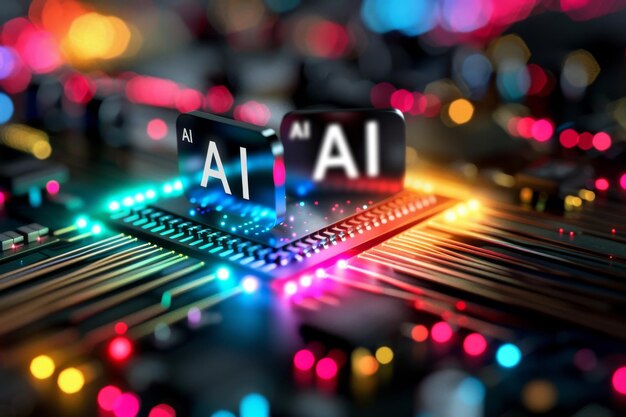
Exploring OpenAI: A Pioneering Force in AI Development
OpenAI, a non-profit research organization founded by Elon Musk, Sam Altman, and others in 2015, is at the forefront of artificial intelligence (AI) research and development. With a mission to “advance digital intelligence in the way that is most likely to benefit humanity as a whole, without considerations for its own commercial application,” OpenAI is pushing the boundaries of what AI can do.
Background: OpenAI and Its Role in AI Development
OpenAI is unique due to its commitment to open-source research, which allows researchers from around the world to collaborate on AI projects. The organization also creates and maintains several AI models accessible to the public through its API. One of OpenAI’s most popular models, DALL-E 2, is a multimodal model capable of generating images from text descriptions and vice versa. OpenAI has also released GPT-3, a large language model that can complete various writing tasks, like composing essays or generating news articles.
OpenAI’s Data Collection Methods: A Contentious Issue
Despite its revolutionary advancements, OpenAI’s data collection methods have been a point of contention. The organization collects data from various sources to train and improve its AI models. Some argue that the data may include copyrighted material, potentially infringing on content creators’ intellectual property rights. OpenAI maintains that they follow fair use guidelines and take measures to minimize the usage of copyrighted material.
Fair Use and Intellectual Property Rights
The use of copyrighted material in AI research is a complex issue. In the United States, fair use is a legal doctrine that allows limited use of copyrighted works without permission from the copyright owner. OpenAI argues that its usage of copyrighted material falls under fair use for the purpose of creating and improving AI models, leading to advancements in technology that benefit society.
Impact on Content Creators
Some content creators, however, argue that their work being used to train AI models without their consent is a violation of their intellectual property rights. They fear that the use of copyrighted material could lead to plagiarism, loss of revenue, or even theft of ideas. OpenAI’s stance on this issue remains a topic of ongoing debate among researchers, legal experts, and content creators alike.
Moving Forward: Balancing AI Development and Intellectual Property Rights
As OpenAI continues to push the boundaries of AI technology, it is essential to consider the implications for intellectual property rights and content creators. Balancing the need for data for advancements in AI with respecting intellectual property rights will be a crucial challenge for organizations like OpenAI moving forward. Engaging in open discussions and collaborative efforts between researchers, legal experts, and content creators is a necessary step toward finding a solution that benefits everyone.
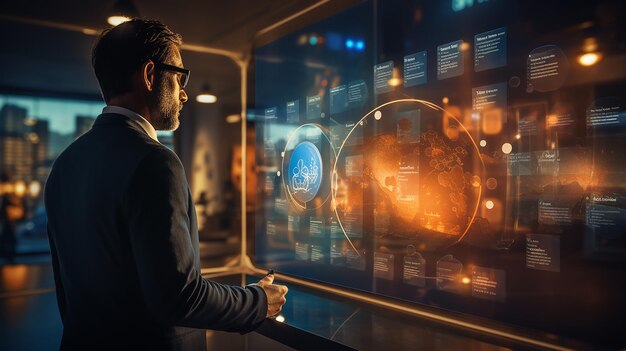
Understanding OpenAI’s Data Collection Needs
Artificial Intelligence (AI) models are only as good as the data they are trained on. This is because AI models learn to identify patterns and make predictions based on the data they are given. Two common machine learning techniques are supervised learning and unsupervised learning. In supervised learning, the model is provided with labeled data, which means that each piece of data comes with a correct answer or label. The model uses this labeled data to learn and make predictions about new, unlabeled data. In contrast, unsupervised learning involves finding patterns in unlabeled data, without the use of labels or correct answers.
OpenAI’s Approach to Data Collection:
To build and improve its AI models, OpenAI, a leading research organization in artificial intelligence, collects large amounts of data. OpenAI’s approach to data collection includes both the purchase of labeled datasets and web scraping for unlabeled data.
Labeled Datasets:
OpenAI acquires labeled datasets from various sources. These datasets often come with annotated or labeled data, which can be used to train supervised learning models. For instance, OpenAI might use a labeled dataset of images for training a model to recognize different objects in an image. These datasets can be expensive to purchase, but they are essential for developing accurate and effective AI models.
Web Scraping:
OpenAI also uses web scraping to collect unlabeled data. Web scraping is a technique used to extract information from websites automatically. OpenAI’s AI models can learn from this vast amount of unstructured data, often in the form of text or images, using unsupervised learning techniques. The unlabeled data can be used to discover hidden patterns, relationships, and trends that might not be apparent in labeled datasets alone.
Conclusion:
In summary, OpenAI’s data collection strategy involves both purchasing labeled datasets and using web scraping to collect unlabeled data. This diverse dataset enables the organization to train accurate AI models using supervised learning as well as discover hidden patterns and relationships using unsupervised learning techniques. By understanding OpenAI’s data collection needs, we gain insight into the importance of large, diverse datasets in developing advanced AI models.
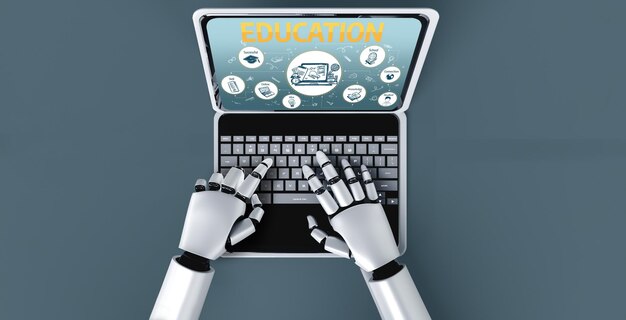
I Impact of OpenAI’s Scraping Bots on Content Creators
Web scraping, a process that uses automated scripts to extract data from websites, has become increasingly common in the digital age. For content creators, this practice poses significant challenges and implications.
Description of web scraping and its implications for content creators
Copyright infringement: The most apparent issue is the potential for copyright infringement. OpenAI’s scraping bots, like many others, can collect content without obtaining permission or attribution from the original creators. This practice not only goes against ethical standards but also puts content creators at risk for legal action.
Loss of revenue: ads displayed on scraped content
Loss of revenue: Another consequence is the loss of potential income for content creators when their work is scraped and displayed elsewhere, often with advertisements. These ads generate revenue that could have gone to the original creators, further emphasizing the financial implications of web scraping.
Examples of disputes between OpenAI and content creators
Wikipedia vs. OpenAI:
One of the most high-profile disputes involves link, which has taken a strong stance against web scraping for its content. Wikipedia argues that allowing bots like OpenAI’s to access its information could lead to misuse or inaccuracies, threatening the integrity of the vast online encyclopedia. OpenAI has responded by stating that its bots comply with Wikipedia’s terms of use and provide value by organizing data for research purposes.
The New York Times vs. OpenAI:
Another notable case is that of link, which has filed a lawsuit against OpenAI for scraping its content without permission. The newspaper asserts that the scraping not only violates its copyright but also undermines the value of journalistic work. OpenAI, on the other hand, maintains that it complies with all applicable laws and uses the scraped data for research purposes, such as developing artificial intelligence algorithms.
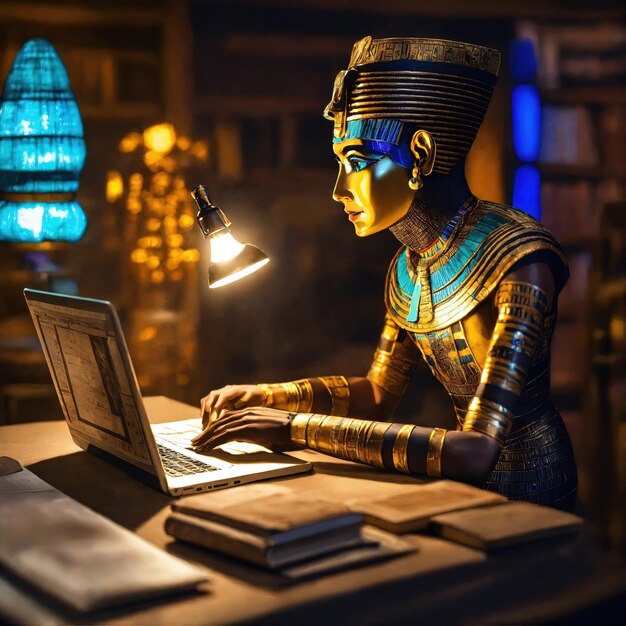
Countermeasures Taken by Content Creators and Platforms
Techniques used to prevent web scraping
- CAPTCHAs: tests designed to distinguish human users from bots
- CAPTCHA stands for Completely Automated Public Turing test to tell Computers and Humans Apart. These tests present users with challenging tasks that are easy for humans but difficult for bots, such as recognizing distorted text or identifying images containing specific objects.
- IP blocking and rate limiting:
- Platforms can block access to their websites from known bot IP addresses or limit the number of requests a single IP address can make in a given time period, making it more difficult for bots to scrape content.
Legal action against OpenAI and other AI companies
- Digital Millennium Copyright Act (DMCA) takedowns
- Content creators and platforms can use the DMCA to request removal of infringing content from websites or search engines by sending a takedown notice to the offending platform. OpenAI and other AI companies may be held liable for copyright infringement if they do not comply with these requests.
- Lawsuits for copyright infringement and misappropriation of trade secrets:
- Content creators can also take legal action against companies that use their content without permission, either through copyright infringement lawsuits or trade secret misappropriation claims.
Collaborative efforts between platforms, content creators, and AI companies
- Google’s collaboration with publishers to prevent web scraping:
- Google has partnered with major publishing companies to create the Google News Initiative, which aims to improve the quality and trustworthiness of news content online. Part of this initiative includes tools to help publishers protect their intellectual property and prevent web scraping.
- Creative Commons licenses for data sharing:
- Some content creators choose to share their data openly under Creative Commons licenses, which allow others to use and build upon their work while still respecting their intellectual property rights. This approach can encourage collaboration between creators, platforms, and AI companies.
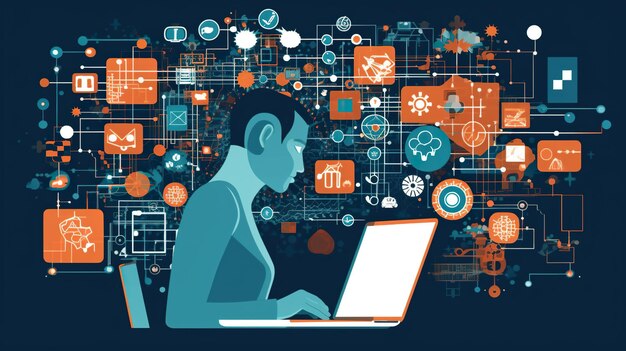
The Cat-and-Mouse Game: OpenAI’s Response and Continued Efforts
OpenAI’s response to content creators’ concerns
OpenAI, the leading artificial intelligence research laboratory, has been under scrutiny lately for its data collection practices related to its text-generating model, ChatGPT. Content creators have raised concerns about the potential misuse of their intellectual property and loss of revenue due to AI-generated content. In response, OpenAI has taken several steps to address these issues:
Transparency in data collection practices
OpenAI has acknowledged the importance of transparency and has published a detailed report on its data collection practices. The report explains that the data used to train ChatGPT is publicly available from the internet, primarily from websites that allow user-generated content. OpenAI also uses data from its proprietary training dataset, which it has licensed from several sources under specific agreements.
Collaboration with platforms and content creators
OpenAI has expressed its willingness to collaborate with platforms and content creators to ensure that their intellectual property is protected. The company has established a Content Moderation Council, which includes representatives from various industries, to review and provide feedback on the ethical implications of AI-generated content. OpenAI also plans to work with copyright holders to implement digital rights management (DRM) systems that can prevent unauthorized use of their intellectual property by AI models.
OpenAI’s development of more sophisticated scraping techniques
OpenAI‘s advancements in AI technology have led to the development of more sophisticated web scraping techniques, which content creators find increasingly challenging to counter. These techniques include:
Use of proxies and virtual private networks (VPNs) to bypass IP blocking
OpenAI uses proxies and VPNs to access content from multiple IP addresses, making it difficult for platforms to block its web scraping activities. This method allows OpenAI to collect a diverse range of data, which is essential for training its AI models.
Development of more advanced CAPTCHA-solving algorithms
OpenAI‘s AI models can now solve complex CAPTCHAs, which are designed to prevent automated bots from accessing content. This has made it easier for OpenAI to collect data from websites that previously had effective CAPTCHA systems in place.
Ethical considerations and public perception
OpenAI‘s efforts to address content creators’ concerns come at a time when ethical considerations and public perception around AI-generated content are increasingly important. The following are some of the key issues:
Balancing the benefits of AI research with content creators’ rights
OpenAI‘s advancements in AI technology have the potential to bring significant benefits to society, but it is essential to balance these benefits with the rights of content creators. Intellectual property protection and revenue generation are critical for creators to incentivize innovation and creativity.
Potential solutions, such as licensing fees or revenue sharing agreements
OpenAI and other AI companies could explore potential solutions, such as licensing fees or revenue sharing agreements with content creators. This would provide a financial incentive for creators to allow their work to be used in AI training datasets while ensuring that they are compensated for their intellectual property.

VI. Conclusion
In the rapidly evolving world of Artificial Intelligence (AI) and data collection, several key issues have emerged, each with significant implications for individuals, organizations, and society as a whole. Bias in AI systems, which can lead to discriminatory outcomes, has become a major concern.
Transparency and accountability
in AI decision-making processes are essential to ensuring fairness and trustworthiness. Another critical issue is privacy and security, as the collection, storage, and use of vast amounts of personal data can pose significant risks.
Recap of the issues and their implications
Bias in AI systems: Bias in AI can have far-reaching consequences, from perpetuating existing societal biases to exacerbating new ones. Discriminatory outcomes can impact hiring practices, criminal justice systems, and financial services, among other areas.
Transparency and accountability: A lack of transparency in AI decision-making processes can undermine trust, making it difficult to understand why specific outcomes were reached. This lack of understanding can lead to mistrust and potential legal or ethical issues.
Privacy and security: The collection, storage, and use of personal data raise significant privacy concerns, particularly when that data is collected without individuals’ consent or knowledge. Additionally, the potential for data breaches can lead to significant financial and reputational damage.
Future outlook: potential solutions and ongoing debates
Regulation and ethical guidelines for data collection and AI research: Governments, industry groups, and ethics committees are increasingly focusing on developing regulations and ethical guidelines to address these issues. For example, the European Union’s General Data Protection Regulation (GDPR) sets out strict rules for data collection, storage, and use.
Collaborative efforts between stakeholders to find mutually beneficial solutions:
Collaboration between different stakeholders, including governments, industry groups, civil society organizations, and academia, is crucial to addressing these issues. Ongoing debates center around the role of technology companies in setting ethical guidelines, the need for transparency and accountability in AI decision-making processes, and the potential for regulatory frameworks to keep pace with technological advancements.
